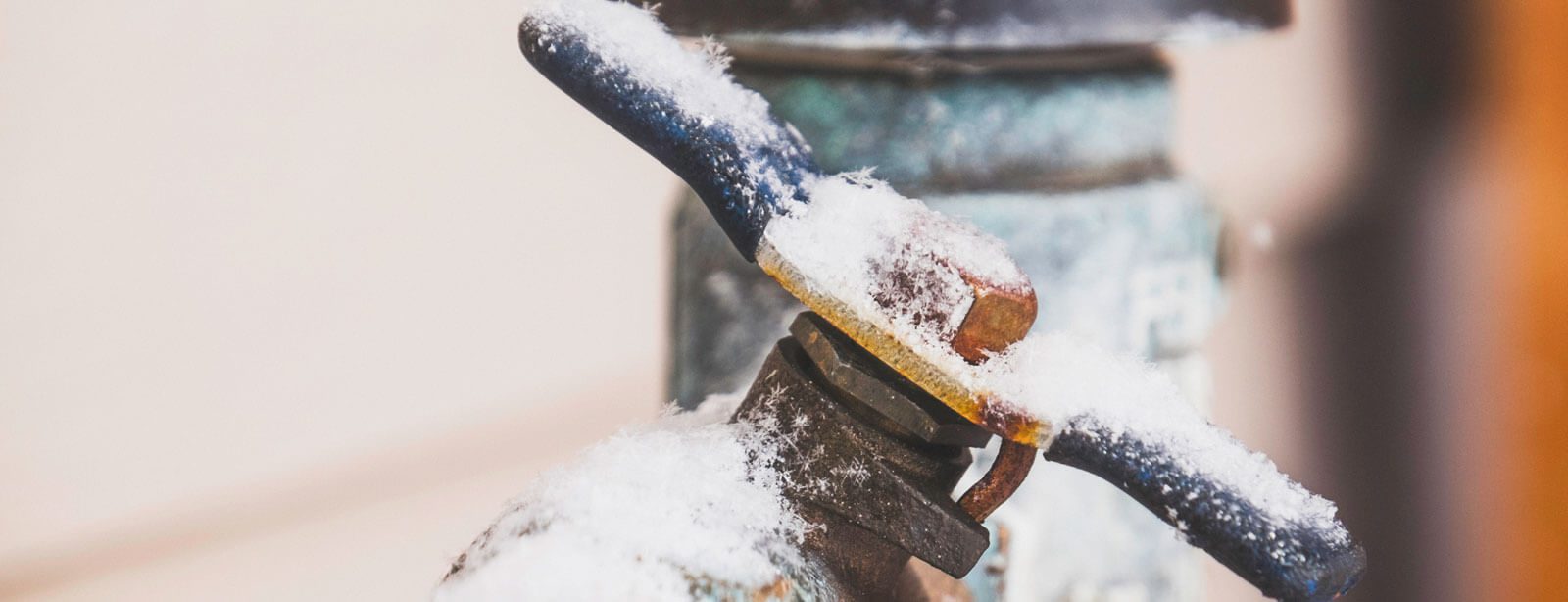Safeguarding Your Pipes from Freezing Issues: Key Tips
Safeguarding Your Pipes from Freezing Issues: Key Tips
Blog Article
They are making a number of good observations regarding How to Prevent Your Pipes From Freezing overall in this content beneath.

Winter can wreak havoc on your pipes, especially by freezing pipes. Below's how to avoid it from occurring and what to do if it does.
Introduction
As temperature levels drop, the threat of icy pipelines boosts, potentially bring about costly fixings and water damages. Understanding just how to prevent frozen pipelines is important for home owners in cold climates.
Recognizing Icy Pipelines
What creates pipelines to freeze?
Pipes freeze when subjected to temperature levels listed below 32 ° F (0 ° C) for expanded durations. As water inside the pipes freezes, it broadens, taxing the pipe wall surfaces and possibly causing them to rupture.
Threats and damages
Frozen pipelines can bring about supply of water disturbances, home damages, and pricey repairs. Burst pipes can flood homes and trigger considerable architectural damages.
Indications of Frozen Water Lines
Recognizing icy pipelines early can stop them from breaking.
Just how to recognize icy pipelines
Search for reduced water flow from taps, uncommon odors or noises from pipes, and visible frost on subjected pipelines.
Avoidance Tips
Protecting vulnerable pipelines
Wrap pipes in insulation sleeves or use heat tape to secure them from freezing temperatures. Concentrate on pipes in unheated or outside locations of the home.
Heating techniques
Maintain indoor spaces sufficiently warmed, particularly areas with pipes. Open up cabinet doors to enable warm air to circulate around pipes under sinks.
Shielding Exterior Pipes
Yard tubes and outdoor faucets
Detach and drain yard hose pipes before winter months. Set up frost-proof faucets or cover outside taps with protected caps.
What to Do If Your Pipelines Freeze
Immediate actions to take
If you believe frozen pipelines, keep faucets open up to ease stress as the ice melts. Utilize a hairdryer or towels taken in hot water to thaw pipelines gradually.
Long-Term Solutions
Structural modifications
Take into consideration rerouting pipes far from outside walls or unheated areas. Add added insulation to attic rooms, basements, and crawl spaces.
Upgrading insulation
Invest in top notch insulation for pipelines, attics, and wall surfaces. Correct insulation aids preserve constant temperatures and decreases the risk of frozen pipelines.
Verdict
Protecting against icy pipelines needs positive measures and fast actions. By recognizing the causes, indicators, and preventive measures, property owners can shield their pipes during cold weather.
5 Ways to Prevent Frozen Pipes
Drain Outdoor Faucets and Disconnect Hoses
First, close the shut-off valve that controls the flow of water in the pipe to your outdoor faucet. Then, head outside to disconnect and drain your hose and open the outdoor faucet to allow the water to completely drain out of the line. Turn off the faucet when done. Finally, head back to the shut-off valve and drain the remaining water inside the pipe into a bucket or container. Additionally, if you have a home irrigation system, you should consider hiring an expert to clear the system of water each year.
Insulate Pipes
One of the best and most cost-effective methods for preventing frozen water pipes is to wrap your pipes with insulation. This is especially important for areas in your home that aren’t exposed to heat, such as an attic. We suggest using foam sleeves, which can typically be found at your local hardware store.
Keep Heat Running at 65
Your pipes are located inside your walls, and the temperature there is much colder than the rest of the house. To prevent your pipes from freezing, The Insurance Information Institute suggests that you keep your home heated to at least 65 degrees, even when traveling. You may want to invest in smart devices that can keep an eye on the temperature in your home while you’re away.
Leave Water Dripping
Moving water — even a small trickle — can prevent ice from forming inside your pipes. When freezing temps are imminent, start a drip of water from all faucets that serve exposed pipes. Leaving a few faucets running will also help relieve pressure inside the pipes and help prevent a rupture if the water inside freezes.
Open Cupboard Doors
Warm your kitchen and bathroom pipes by opening cupboards and vanities. You should also leave your interior doors ajar to help warm air circulate evenly throughout your home.

As an avid person who reads about Helpful Tips to Prevent Frozen Pipes this Winter, I assumed sharing that excerpt was worthwhile. Sharing is caring. Helping others is fun. Thank you for being here. Revisit us soon.
Call Today Report this page